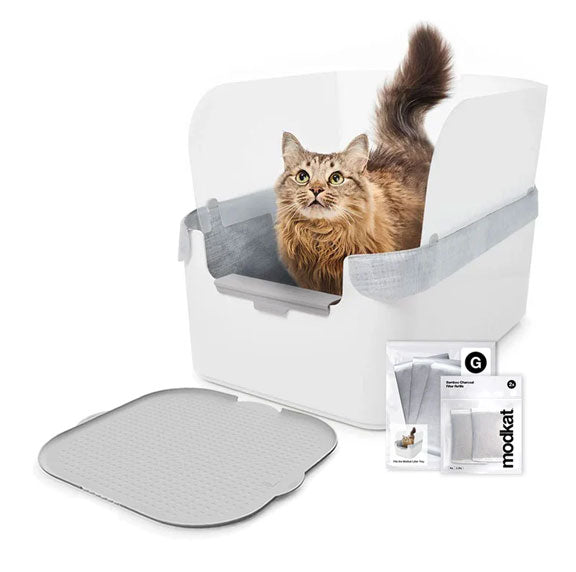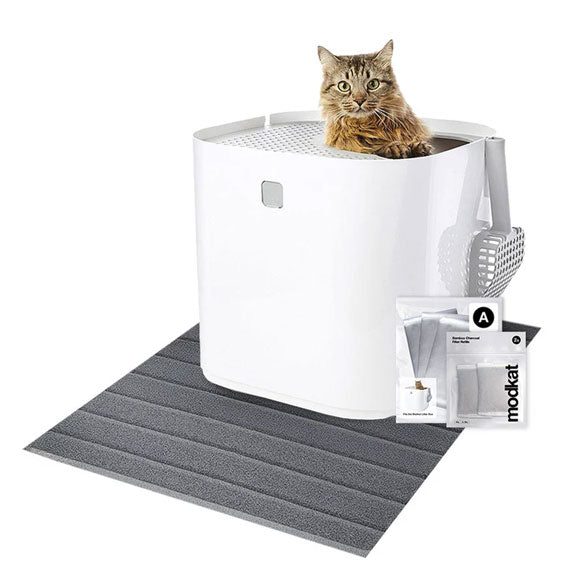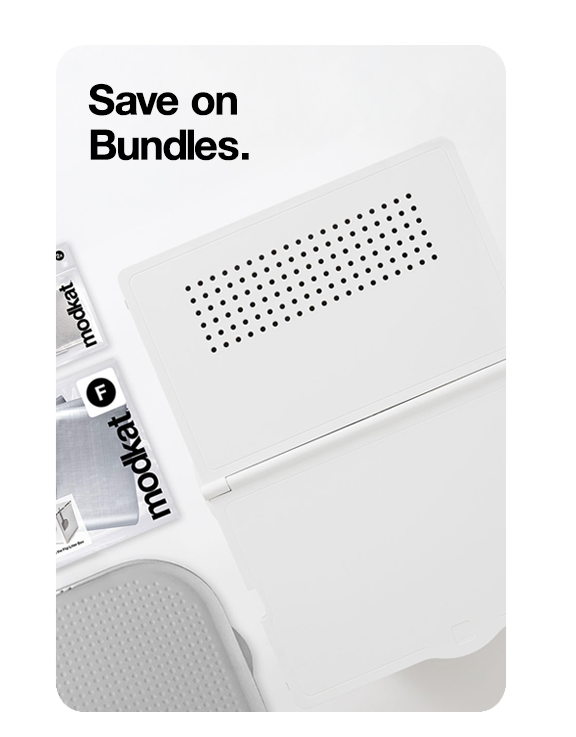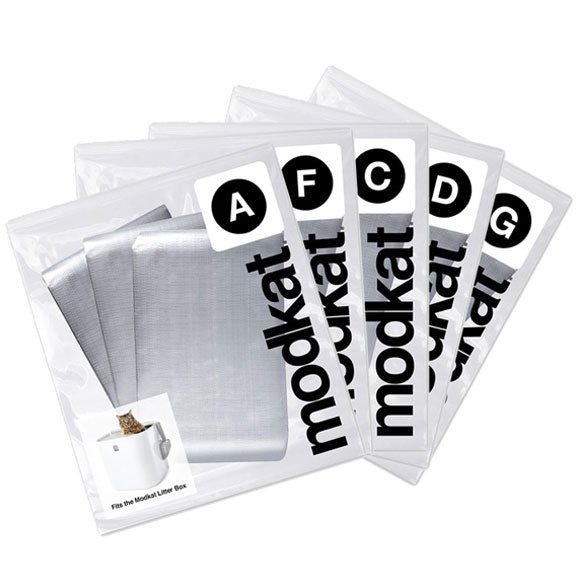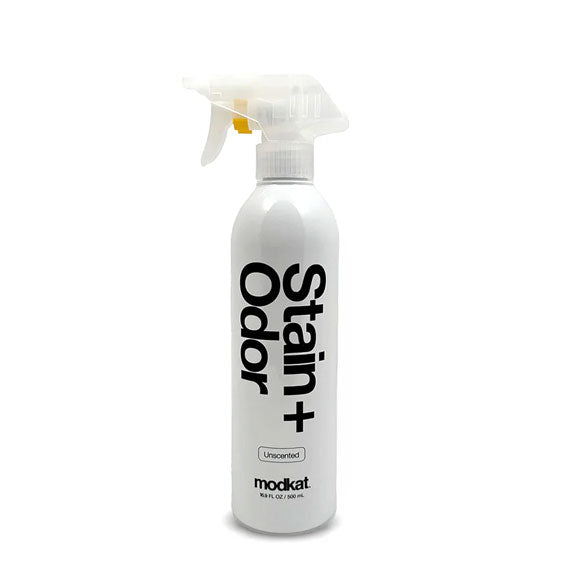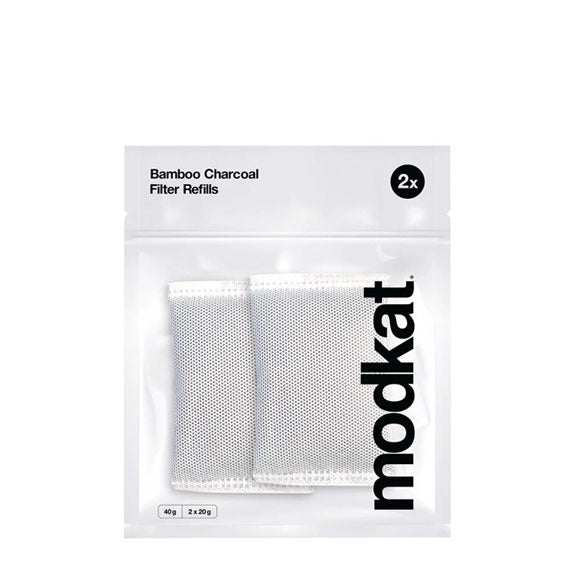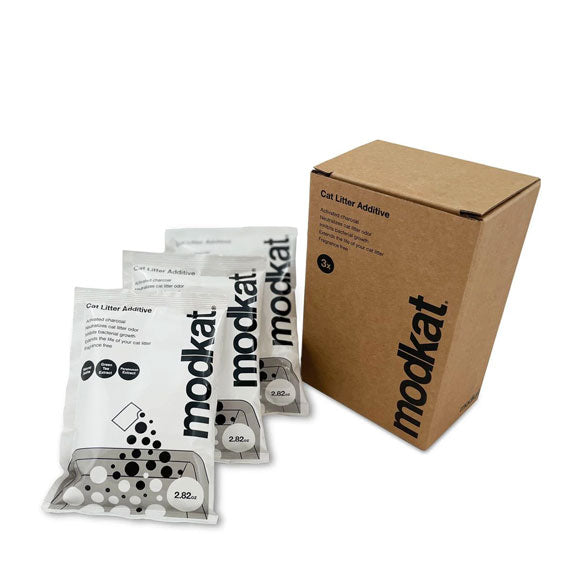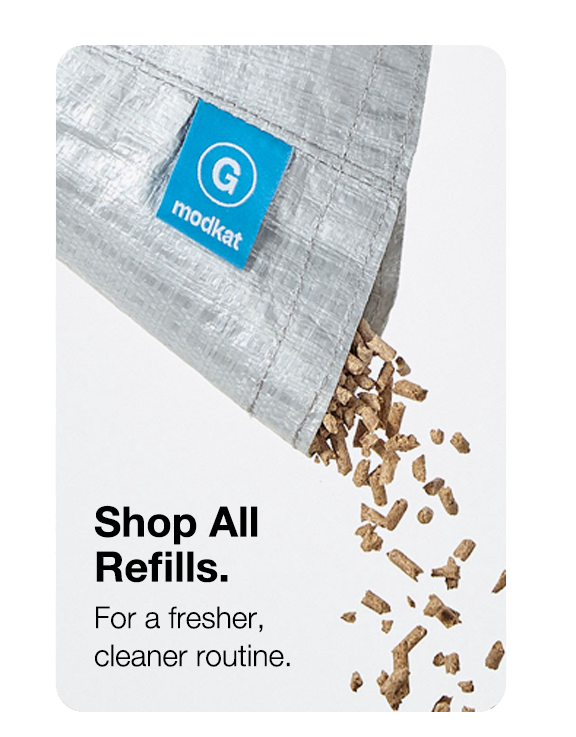Litter Boxes
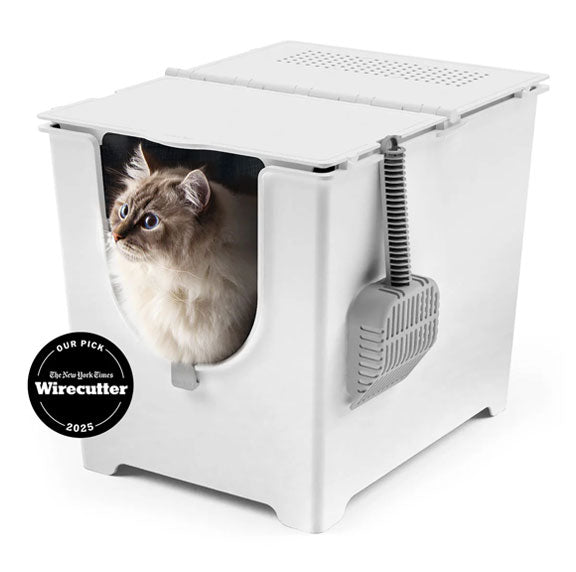
Modkat Flip
Front-Entry Litter Box

Modkat XL
Front/Top-Entry Litter Box
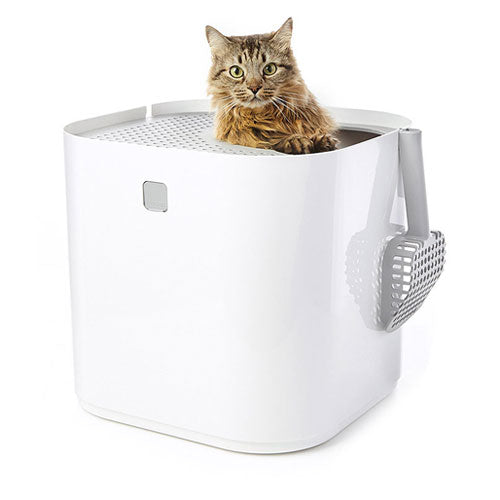
Modkat
Top-Entry Litter Box
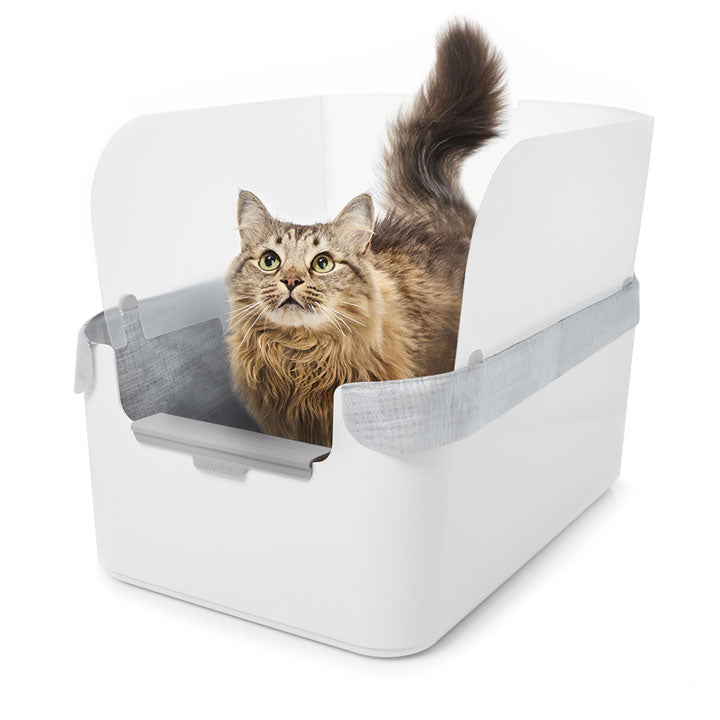
Modkat Tray
Open Litter Box
Bundles
Essentials

Litter Keeper
Two colors
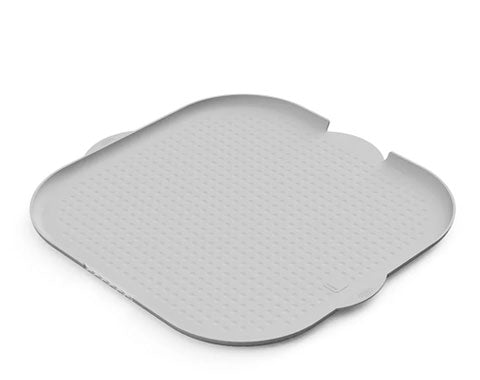
Litter Mats
Multiple styles, colors & sizes
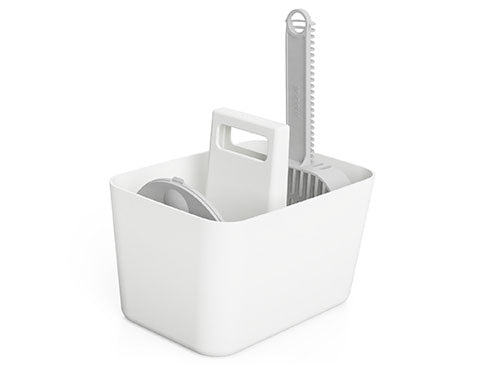
Tidy-Up Kit
Scoop holder & dustpan
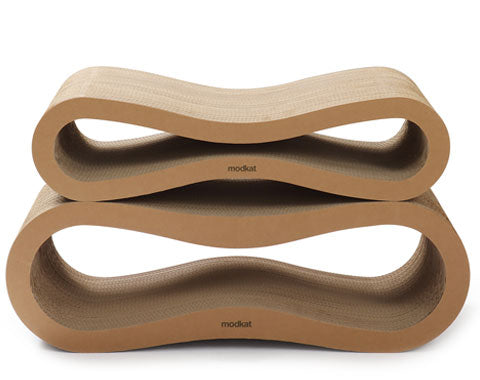
Lounge + Play
Scratchers & toys
Refills
Add description, images, menus and links to your mega menu
A column with no settings can be used as a spacer
Link to your collections, sales and even external links
Add up to five columns
Add description, images, menus and links to your mega menu
A column with no settings can be used as a spacer
Link to your collections, sales and even external links
Add up to five columns
How to remove cat urine and its smell.
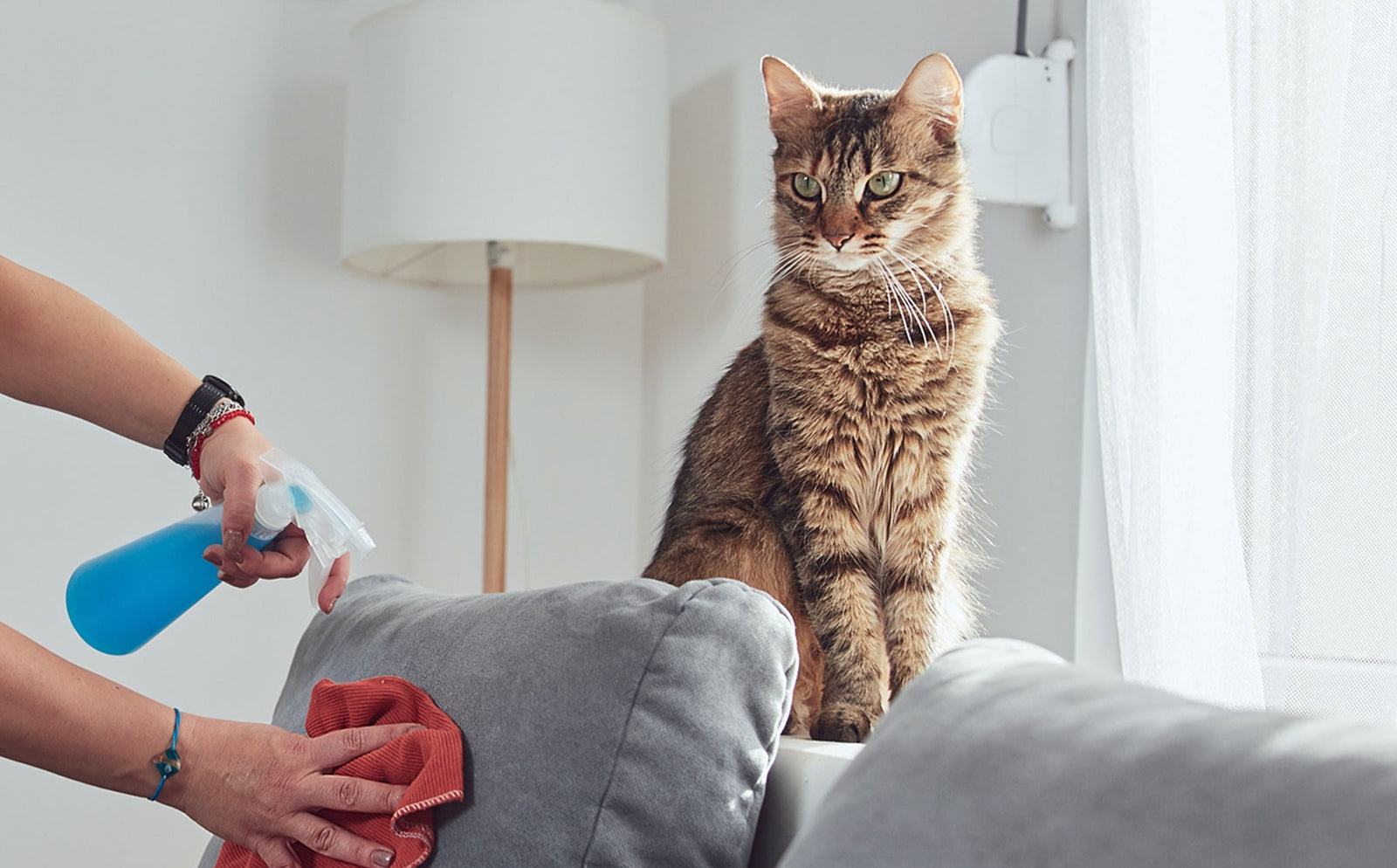
Oops! Kitty had an accident. That cutting scent of ammonia lets you know right away, and you definitely don’t want to let this smell linger any longer than it has to!
Look, if we’re going to share our homes with cats, we have to talk about the dirty parts of life. No matter if you’re bringing home a new kitten or have a well-trained adult cat, accidents can happen!
Read on to learn more facts about cat pee and the best tips for how to remove the cat urine smell with supplies you likely already have at home.
Fast facts about cat urine
Cat pee is a lot like any other animal's urine. It's a concentration of metabolic waste in a clear or golden-colored liquid form. Despite its otherwise ordinary qualities, cat urine has a reputation for its strong, hearty smells. These scents come from the bacteria that break down the urea in the urine.
A male cat’s pee, in particular, is strong enough to make your eyes water because it's laden with hormones like testosterone. This lets other male cats know where his territory is and serves as a calling card to any female cats. With a half-life of six years, male cat pee is a lot like a dating app that’s hard to get rid of.
Not only does it last forever, but cat urine is also notoriously difficult to remove. Even when the substance is gone, the smell can linger. That’s because it’s loaded with pungent ammonia, and the rest of the smell comes from the five different kinds of bacteria in the urine.
Was that more than you wanted to know about cat urine? Forgive us, but at Modkat, we spend a ridiculous amount of time pondering the mysteries of cat pee and other cat box goodies.
Best tips for removing cat urine smell
Based on our experience in the litter box, here are our best tips for getting rid of that cutting cat-pee odor and for making your home smell fresh as a daisy.
- Find the stain.
Easier said than done, especially if your cat is prone to worming its way into tight spaces. Hopefully, you find it on a wall or other hard surfaces, but you might discover that kitty made use of your laundry basket, carpet, or sofa. Don’t panic. We can help you get it out.
- Employ a strong antibacterial cleaner.
Hard surface? You can mop it. Upholstery or carpet? Blot up as much as possible. Treat the area with an antibacterial cleaner, especially if your cat has urinated on the carpet or furniture rather than on a hard floor. Modkat's Litter Box Stain + Odor Remover can break down urine, particularly the strong-smelling hormones.
Why pick our scent-free antibacterial cleaner over a general air freshener? Air freshening sprays often can't handle the odor caused by the hormones in cat urine. Since cats have a much stronger sense of smell than humans do, the air freshener isn’t fooling your cat, either. This makes it more likely your cat will urinate in the same spot, meaning you'll have to start the process all over.
- Dig out the wet vac.
We recommend removing any lingering urine with a wet vac. Cat urine smell can penetrate carpet fibers, making it difficult to wipe up even if it has been neutralized with the cleaner.
If you do use a wet vac to rinse your carpet, stay away from steam cleaners! They use intense heat, which can make that pesky ammonia smell set into your carpet. That’s the last thing you want.
- Mop the floor if you can.
Cats don't often urinate on tile or hardwood floors (such clean animals wouldn't be keen on the chance it could splash on them). When they do, though, you'll want to make sure you mop the area thoroughly.
- Stay away from bleach.
Be sure that you don't use chlorine bleach to clean up cat urine. It's not safe because cat pee is full of ammonia. If you mix bleach with cat urine, you'll create a gas so toxic that it can make you extremely sick — you might even wind up in the hospital, so definitely choose an enzyme-based cleaner.
How to remove cat urine from different surfaces
Carpet
If your cat pees on the carpet, you need to act quickly and use the right tools and techniques. Here’s how:
- Blot — don't rub — as much of the urine as possible with a clean towel or paper towel.
- Mix a solution of equal parts water and white vinegar in a spray bottle. Spray the area and let it sit for a few minutes.
- Use a clean towel or cloth to blot the area dry. If the odor persists, sprinkle baking soda on the area and let it sit for a few hours, then vacuum it up.
- For tough stains and smells, try an enzymatic cleaner specially designed for pet urine. These cleaners contain bacteria and enzymes that break down the urine molecules and eliminate the odor. Follow the instructions on the cleaner's label.
If your carpet still smells of cat urine after cleaning, you may need to have it professionally cleaned.
Avoid using ammonia-based cleaners on cat urine as the scent can encourage your cat to mark the spot again.
Furniture
If cat urine has soaked into your upholstered sofa or armchair, you want to get it out as quickly as possible. First, blot up what you can with a clean towel.
Then, mix water one tablespoon of dishwashing liquid detergent into two cups of cold water, add one tablespoon of vinegar, and gently stir it all together. Using a microfiber cloth, blot the urine spots with the mixture. Continue blotting until the area is thoroughly wet.
Then, use another cloth dipped in cold water to soak up the vinegar solution. Finally, dry the area as best you can with a fresh microfiber towel or washcloth.
Clothes
Few things are worse than realizing your cat has peed on your favorite shirt or pair of pants. Don't worry — you can rescue your wardrobe.
First, soak the clothing item in cold water for about 30 minutes. After soaking, gently rub a bit of liquid detergent into the stained area and let it sit for about 10 minutes. Rinse the clothing item thoroughly in cold water and hang it to dry. If the smell persists, try adding a cup of white vinegar to the wash cycle when you launder the item. Vinegar is a natural deodorizer and can help eliminate any lingering odor.
If the stain or smell still doesn't come out, consider taking the clothing item to a professional cleaner. They may have specialized cleaning solutions that can effectively remove cat urine and odor.
Hardwood floors
Cats usually don't pee on tile or wood floors since they dislike the splash it creates. If your cat is a high pee-er who uses an open litter box, though, you might accidentally see a stream shoot onto your floor. A splash guard on the litter box can help keep this from happening.
And if your cat does spritz the floor, you can mop up the mess with a water-vinegar solution or an enzyme-based cleaner.
Indoor air
Cat urine has a pungent odor that can linger in your home long after the mess has been cleaned up. To remove the smell from the air, start by opening all windows and doors to allow fresh air to circulate throughout the space.
You might also invest in an air purifier with a HEPA filter. This type of filter can trap tiny particles, such as pet dander and urine molecules, and prevent them from circulating in the air. Run the air purifier continuously in the room where the inappropriate urination occurred until the smell has dissipated.
Alternatively, you can try using natural odor-absorbing materials, such as activated charcoal or baking soda. Place these materials in a small bowl and leave them in the room for several hours to absorb any lingering odors.
Keeping a clean litter box
Cleaning your box is the surest way to stop your litter box from smelling bad and prevent your cat from peeing around the house. To clean the box, scoop it daily, wash it with warm water and dish detergent weekly, and refill it with fresh litter after you dry it. If your cat uses an enclosed litter box or a Flip litter box, these can also help keep odors contained.
We should also mention that Modkat's Litter Box Stain + Odor Remover is a go-to solution for cleaning your cat’s litter box and liners. Our scent-free, antibacterial formula instantly removes pet odors from cat litter boxes, liners, carpets, fabric, and wood surfaces. It quickly removes stains and odors. Its antibacterial cleaning formula breaks down and destroys bacteria — unlike many products that may simply mask stains and odors.
How to prevent your cat from peeing around the house
Cats are creatures of habit, and they prefer routine. If they're suddenly peeing outside the litter box, it could be a sign that something is wrong. Here are some tips to help prevent your cat from peeing around the house:
- Keep the litter box clean: One of the most common reasons cats avoid using the litter box is because it's dirty. Make sure you scoop it at least once a day and clean it thoroughly every week.
- Provide enough litter boxes: The general rule of thumb is to have one litter box per cat plus one extra.
- Locate the boxes properly: Whether you use a closed box or an open litter tray, make sure the litter boxes are in quiet, private areas and easy for your cat to access.
- Use the right litter: You can go with traditional clumping clay litters, or you can branch out and try an environmentally friendly option like wheat, grass seed, corn, pine, wood, or paper. Experiment with different types to see what your cat prefers. Just avoid scented litter.
- Train your cat to use the litter box: If your cat is consistently peeing outside the litter box, consider re-training them. Start by placing them in the litter box several times a day, rewarding them when they use it.
- Try pheromone sprays: Pheromone sprays, such as Feliway, can help calm your cat and prevent them from marking their territory. (These really work!)
- Keep your cat entertained: Sometimes cats pee out of boredom or stress. Make sure they have plenty of toys, scratching posts, and access to windows to keep them entertained.
- Consult with your veterinarian: If your cat continues to pee outside the litter box, it's important to rule out any medical issues. Your veterinarian can do a check-up to make sure there are no underlying health problems.
If your cat has an accident in the house, keep an eye on her. It can be a sign of a urinary tract infection or other medical condition. For many cats, a trip to the vet will soon have them right as rain. If not, consider that your cat may be stressed, her litter box may be blocked, or her litter could require a refresh.
Patience is key. By being consistent and using positive reinforcement, you can prevent your cat from peeing around the house and save your carpets and furniture from any future accidents.
Shop the Modkat litter boxes and accessories to help control the smell of kitty litter around your home today! 🐈
“It looks nicer than any other hooded or open option we considered.”

Categories
Meow from Brooklyn.
Sign up and get early access to product drops, exclusive offers, and the occasional cat meme.
Similar products related to this blog:
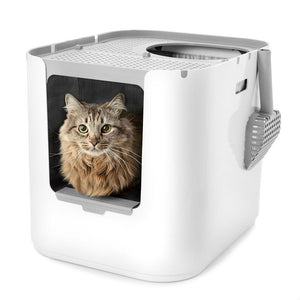
"It looks nicer than any other hooded or open option we considered."

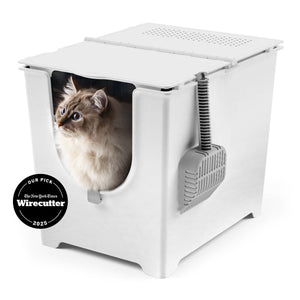
"This litter box keeps everything in, nothing gets out the sides."

"My beautiful ragdoll cat and I both love the new Modkat Litter tray!"


